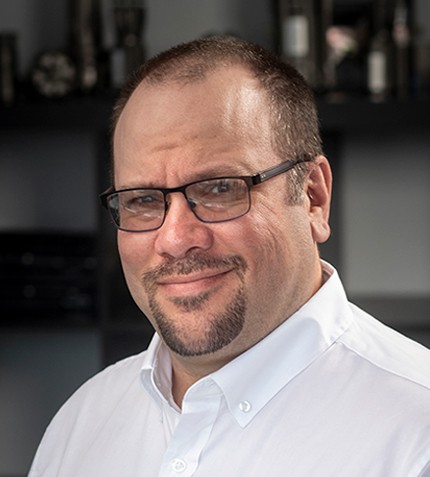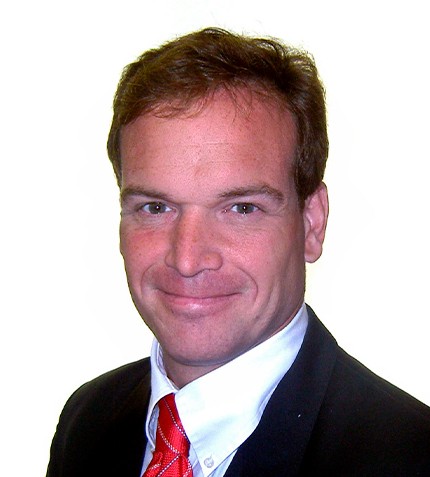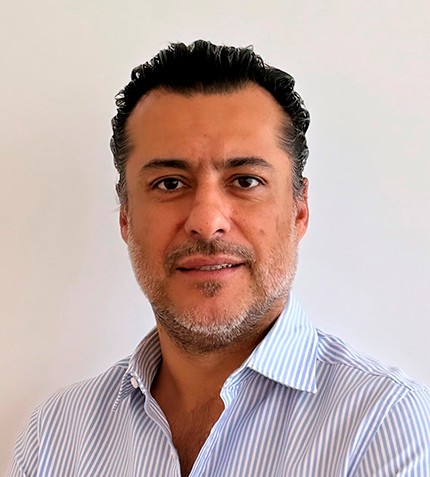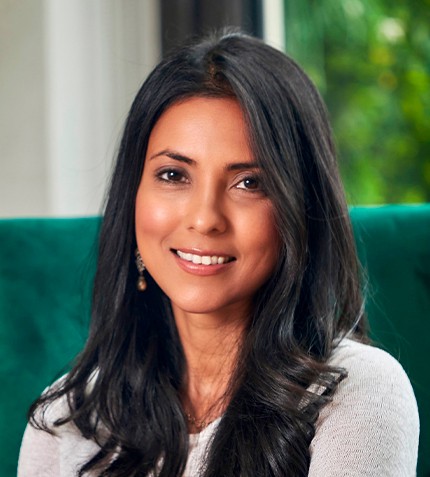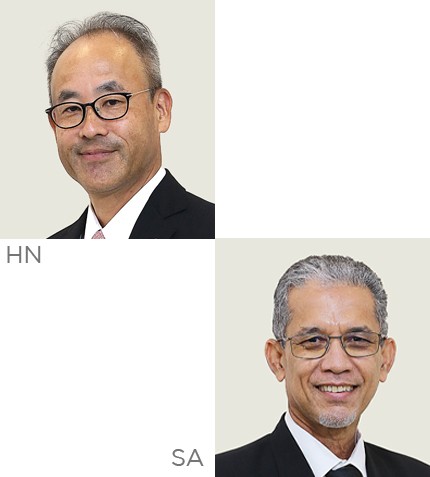
"Top-level discussions within the group are centered on where the next expansions should come from. I strongly believe Malaysia fits the bill with one of the lowest production costs among our plants and strategic geographical positioning."
Hiroyuki Nishimoto & Syed Ahmad Syed Idrus Alhabshi
MANAGING DIRECTOR (HN) & SYED AHMAD (SA), DIRECTOR AND PLANT GM, KANEKA MALAYSIA
Could you give us a broad overview of Kaneka and its internationalization journey?
HN: Headquartered in Japan, Kaneka has a global footprint across Asia, Europe, and the Americas, and a workforce of over 11,000 people worldwide. In the 1970s, Kaneka established its first plant overseas in Belgium, followed by a subsequent plant in Houston. After these first steps abroad, Kaneka was looking for the best investment location in ASEAN and decided to invest in Malaysia in August 1995. Kaneka started operations in Malaysia in 1996, from where we followed a plateau period of business consolidation and stabilization. In 2010, we started a second wave of expansions, making Malaysia the largest complex outside of Japan.
What makes Malaysia an attractive investment destination?
SA: Malaysia comes with a series of unmatchable advantages. To start with, energy costs are incomparably lower compared to Europe. Both the availability and affordability of talents, coupled with the fact that most Malaysians speak English, make Malaysia very attractive. With the government gradually removing most subsidies, Malaysia needs to learn how to leverage its geographic positioning and skilled labor force to stay competitive. Malaysia serves as the perfect manufacturing hub for ASEAN.
Could you walk us through Kaneka’s product portfolio?
HN: Our global business consists of four key units: the Materials Solutions unit (for products like vinyls, caustic soda, polymers, impact modifiers, etc.); Quality of Life (covering PE foams, our PV energy system solutions, performance fibers, etc.); Health Care (medical solutions like catheters, APIs for pharmaceutical production, etc.); and Nutrition. Kaneka is also pursuing new business development opportunities in high-end technological fields like organic EL lighting panels, biosurfactants, lithium-ion batteries, or high-performance fertilizers.
Could you elaborate on Kakeka’s value chain in Malaysia, from feedstock to final product?
SA: Because we produce mostly intermediate products, our feedstocks are typically imported from nearby countries like Singapore, South Korea, Indonesia, or even Japan. One of our most important products made in Malaysia are our modifier paste polymers used in PVC (under the brand name Kanevinyl Paste), as well as our liquid polymers used in elastic sealing materials (under the brand name Kaneka MS Polymer). At Kaneka Malaysia, we also produce a range of impact modifiers and processing aids used for rigid PVC, while Kaneka Eperan produces our landmark Eperan PP range. Using high-performance processing technology, we make synthetic fibers (under the brand name Futura) used in the manufacturing of natural-like wigs for the African hair market. Our largest export markets are China, India, the ASEAN block, Australasia, and New Zealand, and, to a smaller extent, Europe and the US.
How important are bio solutions within your portfolio?
HN: Kaneka has been developing bio-based biodegradable polymers for 30 years, and we have been operating since 2011 a pilot plant of 5,000 tons/y. Last year, Kaneka announced a 15 billion yen expansion of this plant by another 15,000 tons/year, bringing the total capacity to 20,000 t/y. This larger-scale commercialization comes in response to a greater demand for biodegradables. Our Biodegradable Polymer Green Planet (PHBH) is made through the biosynthesis of plant oil feedstocks and has applications in straws, cutlery, coffee capsules, bags, films, etc. We estimate Green Planet to be able to reduce approximately 25 million tons of single-use plastic per year, globally. Kaneka is looking at additional opportunities for expansion, especially in the US and Europe, but we also need to consider the provenance of the raw materials – which is Malaysian palm oil. The new plant is expected to start production in 2024. Kaneka is also exploring carbon capture technologies to close the loop on circularity in the future.
What is your vision for Kaneka Malaysia?
HN: Top-level discussions within the group are centered on where the next expansions should come from. I strongly believe Malaysia fits the bill with one of the lowest production costs among our plants and strategic geographical positioning. During the pandemic, shipping rates from the EU to ASEAN went up by 10 times or more, which has reinforced our policy as a group to boost in-the-region, for-the-region production. As of now, with both China and ASEAN economies slowed down, it would be difficult to make an investment decision for a large expansion in the country.
In Malaysia, we embarked on a broader DX project as well as various R&D and sustainability initiatives to transform Malaysia into a more independent and modern operation. Ultimately, we would like to see Kaneka Malaysia offering IT, HR, and business support to other sister companies in ASEAN, like Singapore, Thailand, Indonesia, or Vietnam as we strive to become the Regional Centre of Excellence for ASEAN.
Do you have a final message?
HN: As part of our brand identity, Kaneka is “the dreamology company.” Our direction is to develop new technologies to make more dreams come true with the help of chemistry. This is something I genuinely believe in.
SA: Many of our employees have been with us for 25 years, building the success of Kaneka Malaysia over the years. We are very confident in our local talents, and we want to continue to contribute to Kaneka Corporation and to the world in achieving our vision as the global solutions provider.




